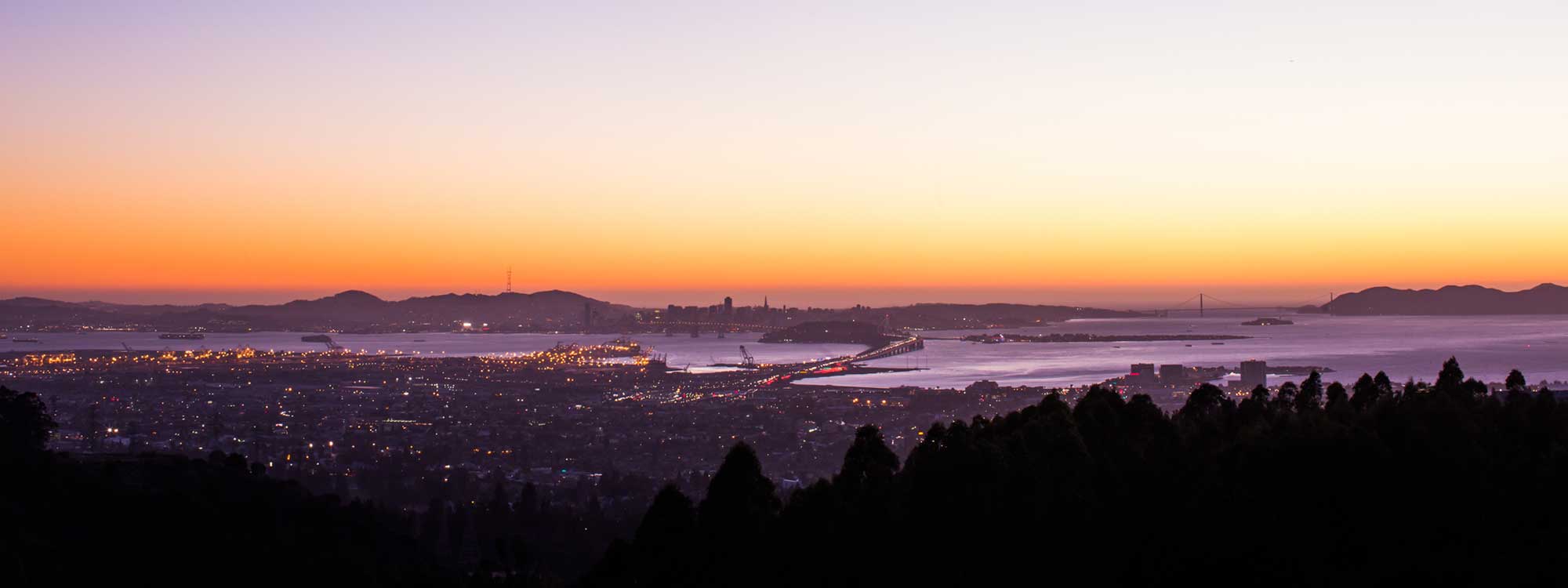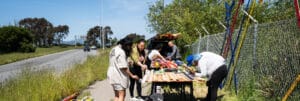This guest post originally appeared on climateplan.org.
Adopted in 2013, Plan Bay Area is a groundbreaking regional strategy for how the San Francisco Bay Area can grow in a smart way. Hailed by many as the most progressive Sustainable Communities Strategy (SCS) in California, it envisions no sprawl for the next generation, focusing most new development near transit, including homes for people across the income spectrum.
This plan gets a reboot every four years. The 2017 update to Plan Bay Area is now well underway.
The update process is a great opportunity to look under the hood and make sure the plan does the most possible to move our region toward a more sustainable, equitable future
Changes ahead
This update of Plan Bay Area will build off the core framework established by the 2013 plan, with added attention to a few topics. Here are some of the hottest issues under discussion:
- Housing affordability is on the tip of everyone’s tongue here, where the region’s median home price is within a hair of its all-time high from 2007 and displacement is on the rise; many of us are calling for more action to address this pressing challenge.
- Conservation funding needs a boost to make good on the plan’s promise to protect our natural and agricultural lands from sprawl. We’re also looking for ways to integrate conservation science more deeply throughout Plan Bay Area.
- Economic development and other strategies from the Bay Area’s HUD-funded Regional Prosperity Plan are likely to be incorporated to help grow our economy and support residents across the income spectrum.
- Resilience planning for sea-level rise is slated to get more prominence in the upcoming plan to help safeguard our region’s natural lands and protect vulnerable communities.
- Shared mobility, the booming field that includes car-sharing, Uber, Lyft, etc., will probably be tackled as well, given its rapidly growing impact on how people meet their transportation needs.
What’s next?
The coming months are gearing up to be a busy time for the Plan Bay Area update effort. We’re looking especially closely at how new funds are distributed and how the new plan will measure performance.
Funds should support goals
Plan Bay Area included the first-in-the-nation One Bay Area Grant (OBAG) program, which rewards jurisdictions that are planning for infill development with transportation funds. The program also launched a grant program to support protection and enhancement of the region’s Priority Conservation Areas.
This fall, the Metropolitan Transportation Commission (MTC) and the Association of Bay Area Governments (ABAG) will approve the second round of funding for these grant programs.
Greenbelt Alliance and many partners are calling for the programs to be improved to better support our cities and towns that are doing the most to foster sustainable, equitable development and invest in protecting open spaces.
Stronger targets make a stronger plan
Plan Bay Area included a set of performance targets on a broad range of issues, including community health, equity, open space protection, transportation effectiveness, and economic vitality. These targets were then used to measure the impacts of land-use scenarios and assess transportation investment options.
Several of these targets are getting polished for the 2017 SCS. We’re hopeful that MTC and ABAG will set stronger targets for addressing displacement, transit performance, and access to employment opportunities. The revised targets should be approved in September.
Hoping for a smoother ride
After the targets are finalized, several Bay Area-wide land-use scenarios will be presented in public workshops, then refined into a single preferred scenario by mid-2016. These scenarios will be paired with a revised set of transportation projects and programs. Ultimately, the final plan update is slated for approval in summer 2017.
Last time around, the SCS planning process was occasionally marred by disruptions from a small number of very vocal opponents associated with groups such as the Tea Party, with the apparent goal of shutting down the conversation entirely. These antics drew attention away from the real goals of effective regional planning and often drowned out the voices of people who wanted to participate in shaping the future of their community.
Fortunately, the first round of public workshops for the 2017 SCS has had a much more respectful and productive tone. We hope that the rest of the Plan Bay Area update process will continue that way.
To make sure that all voices are heard, we’ll be reaching out to residents throughout the region to help them share their perspectives at each step in the process. To get involved, contact Matt Vander Sluis.
Full steam ahead
While Plan Bay Area can certainly be improved in version two, the real work lies in making our groundbreaking plan come to life and unleashing the many benefits that implementing the plan’s vision can provide. This takes concerted, coordinated work at the local, regional, state, and national levels.
Thanks to ClimatePlan and all its partners for your dedication to this effort. Let’s keep up the good work to build a better future for our communities, our environment, and our economy.
Photo: Thomas Hawk via Flickr




